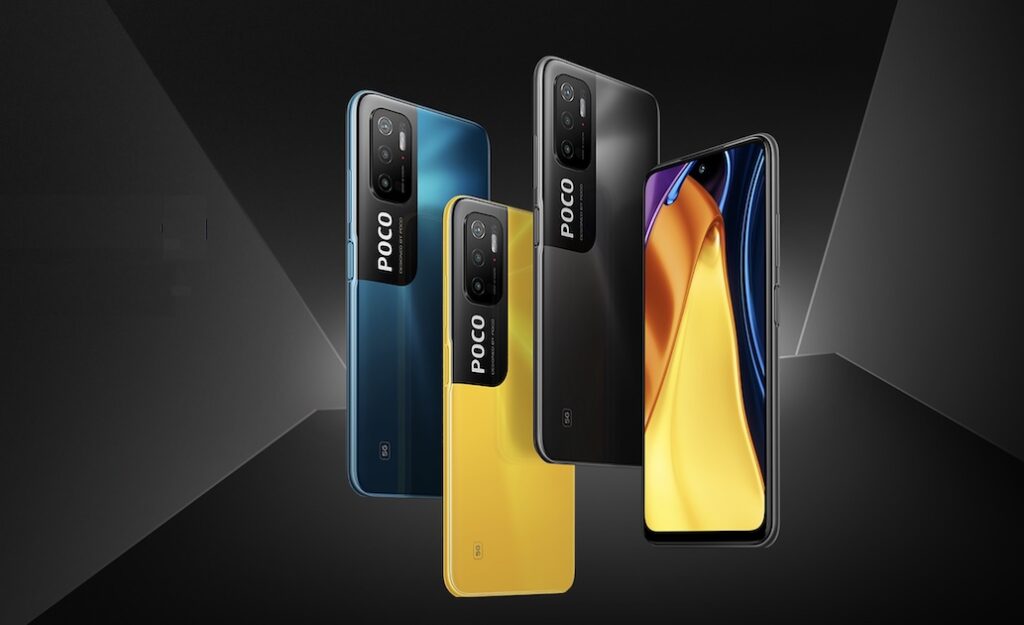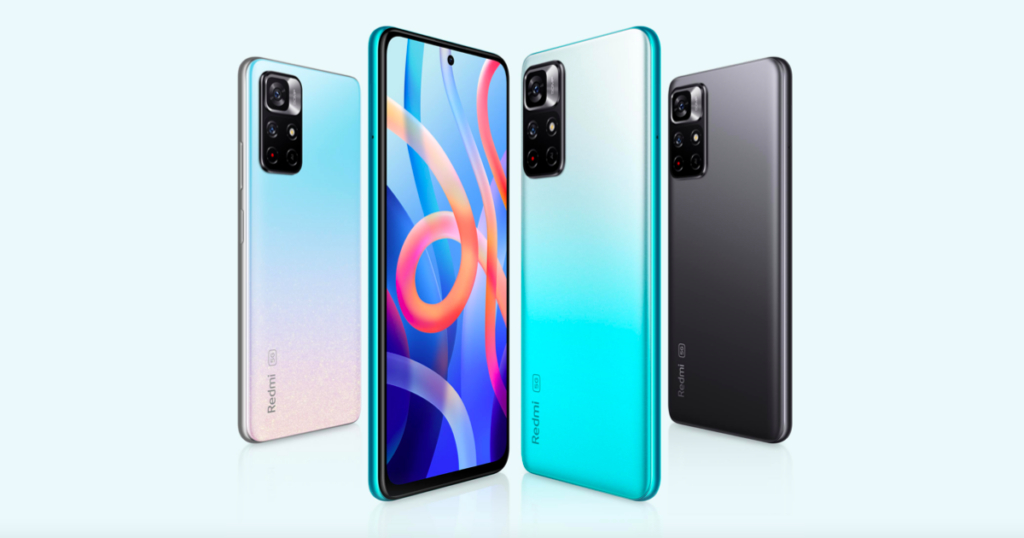Redmi Note 11T 5G vs POCO M3 Pro 5G: which sub-Rs 20,000 5G phone should you buy?

Xiaomi has just launched the Redmi Note 11T 5G in India and it packs tons of features under Rs 20,000. It is a direct successor to the Redmi Note 10T 5G launched just 4 months ago. Redmi Note 11T 5G price in India starts from Rs 16,999 and it touts the MediaTek Dimensity 810 SoC. However, there is another contender that slots in a similar price bracket as the Redmi Note 11T 5G, which is the POCO M3 Pro 5G. This phone was released around 6 months ago and packs some punch while costing a bit lower than the Redmi Note 11T 5G. So, how do these two phones compare? Let’s find out.
Redmi Note 11T 5G vs POCO M3 Pro 5G: price in India
Let’s start with the pricing first. The Redmi Note 11T 5G starts at Rs 16,999 for the 6GB RAM and 64GB memory variant. The 6GB+128GB memory variant will cost around Rs 17,999 and the 8GB+128GB variant will cost you Rs 19,999.
The POCO M3 Pro, on the other hand, costs Rs 14,499 for the 4GB RAM and 64GB memory variant. The 6GB+128GB option will set you back Rs 16,499.
Redmi Note 11T 5G vs POCO M3 Pro 5G: design and display
In terms of design, both the phones are pretty much the same at the front with a hole-punch camera and thin bezels all around. They differ drastically from the rear. The POCO M3 Pro 5G has a plastic back and plastic frame, and it has a weight of 190g. It is protected by Corning Gorilla Glass (unspecified version) and has a 3.5mm headphone jack. The POCO M3 Pro gets a corner vertical black strip that houses the camera system and POCO branding. The phone has a hybrid dual SIM slot, meaning you can use 2 SIMs simultaneously or one SIM and a MicroSD card slot. Additionally, it also has an IR blaster. It is available in Power Black, Cool Blue, and POCO yellow color options.

The Redmi Note 11T 5G on the other hand, also has a plastic back and a plastic frame. It has a new EVOL design language, with a weight of 195g. There is a single camera housing along with a minimal Redmi logo on the bottom half of the panel. The display is protected by Corning Gorilla Glass 3 and is IP53 rated dust and water-resistant. It also has an IR blaster, a 3.5 mm headphone jack and dual stereo speakers. The phone has a hybrid dual SIM slot. It is available in Aquamarine Blue, Stardust White, and Matte Black.
In terms of display, both the phones have a Full HD+, IPS LCD Dot display with a 90Hz refresh rate. However, there are some minor differences. The POCO M3 Pro has a slightly smaller 6.5-inch display compared to the 6.6-inch on the Redmi Note 11T Pro 5G. The POCO M3 Pro 5G has a 180Hz touch sampling rate, whereas the Redmi Note 11T 5G has a higher 240Hz touch sampling rate. The POCO M3 Pro 5G has dual brightness sensors, and 4 adaptive display modes, where the refresh rate will change automatically, depending on the content on your screen. It has 4 refresh rates of 30Hz, 50Hz, 60Hz, and 90Hz refresh rates, whereas the Redmi Note 11T switches between three refresh rates – 50Hz, 60Hz, and 90Hz.
Redmi Note 11T 5G vs POCO M3 Pro 5G: specifications
The Redmi Note 11T 5G is powered by the MediaTek Dimsenity 810 SoC, coupled with a Mali-G57 MC2 GPU. The phone is having upto 8GB of LPDDR4X RAM and 128GB of UFS 2.2 storage, which is expandable via the microSD card. It has a 5,000 mAh battery with up to 33W of fast charging, which is provided in the box. The phone has 2 rear cameras on the back, one 50MP primary camera with a f/1.8 aperture, and an 8MP ultra-wide camera coupled with an LED flash. It has a 16MP selfie camera that supports up to 1080p video recording. Connectivity features include dual-band 4G and 5G, WiFi 2.4 and 5Ghz, Bluetooth 5.1, GPS, and USB Type-C for data transfer. The phone supports up to seven (n1/ n3/ n5/n8/ n28/ n40/ n78) 5G bands.

The POCO M3 Pro 5G on the other hand, is powered by the MediaTek Dimensity 700 SoC coupled with Mali-G57 MC2 GPU, up to 6GB LPDDR4X RAM, and 128GB UFS 2.2 internal storage that is further expandable via a microSD card. It packs a 5,000mAh battery with 18W fast-charging support, though we get a 22.5W charger in the box. The POCO M3 Pro has triple cameras at the back with a 48MP primary sensor with an f/1.8 aperture, a 2MP depth unit, and a 2MP macro lens for close-up shots. The handset also has an 8MP selfie camera with up to 1080p video recording. Connectivity features include 5G, dual-band 4G, WiFi (2.4 and 5Ghz), Bluetooth 5.0, GPS, and USB Type-C port for charging and data transfers. The phone supports up to five (n1/n3/n40/n77/n78) 5G bands.
Both the smartphones have side-mounted fingerprint scanners with AI-face unlock. Both of them also come with Android 11 out of the box, with MIUI 12.5 on top of it.
Redmi Note 11T 5G vs POCO M3 Pro 5G: verdict
The verdict is a bit tricky on this one. It entirely depends on your budget, and your preference. Both of them are good mid-rangers with decent specs. However, if you spend that extra money, you will definitely get a better phone with the Redmi Note 11T 5G. Dual stereo speakers, more powerful Dimensity 810 SoC, faster 33W charging, IP53 water resistance, and a better primary camera, along with support for additional 5G bands, which may come in handy if you plan to use 5G abroad. Not only that, the phone has a higher touch sampling rate which will help immensely in competitive titles such as BGMI or PUBG: New State. If you can’t spend that extra cash, the POCO M3 Pro 5G will do just fine, but considering the state of MIUI, we would highly suggest you purchase at least a 6GB RAM variant for a good experience.
The post Redmi Note 11T 5G vs POCO M3 Pro 5G: which sub-Rs 20,000 5G phone should you buy? first appeared on 91mobiles.com.
https://ift.tt/3d2Wktu
https://ift.tt/3G3YvcH



No comments